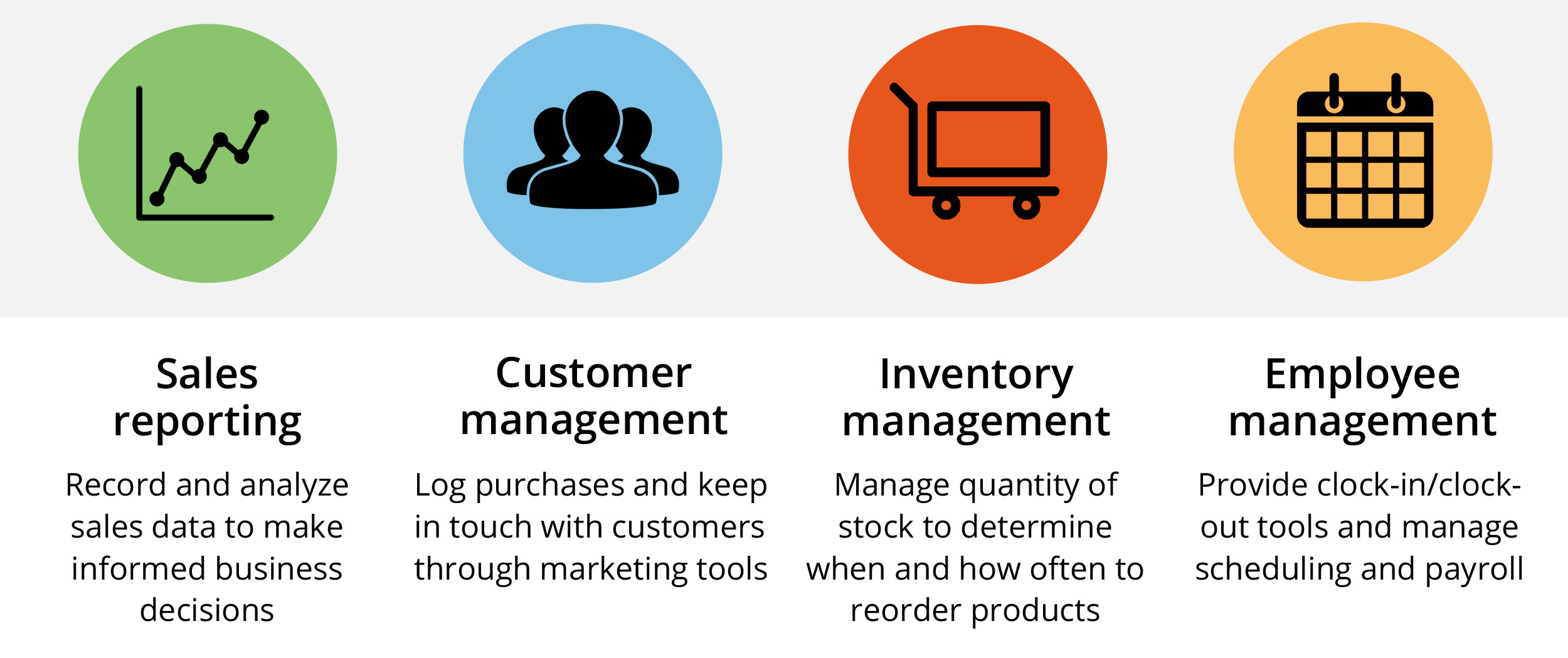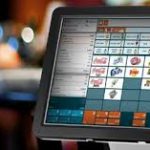How to Start a Retail Business: 3 Tips to Make Your Store a Success
So you’re thinking about opening up a retail store? Good for you. I’m sure everything will go your way and your store will be a big success.
Then again, it might fail miserably—like 53 percent of retail startups do in the first year.
You can’t be 100 percent certain of your store’s fate until you go for it. But there’s a greater risk your store will fail if you don’t take certain steps.
We’ve compiled some great advice for starting a retail business based on the many daily conversations Software Advice has with retail business owners and startups. We’re able to hear their challenges and pain points and recommend retail software to help overcome them.
If you’ve decided to join these small business owners and open a retail store, you can use these three tips to guide you in the process.
(Click on a link below to jump to that section)
1. Stand Out From the Pack With Clear Brand Messaging
2. Don’t Slack on Implementing a Point of Sale System
3. Define the Metrics for Measuring Your Success
1. Stand Out From the Pack With Clear Brand Messaging
According to the National Retail Federation, there are just under 3.8 million retail establishments in the U.S. That’s a lot of stores! Unless you’re bringing a completely unique product to market, you’re going to have competition. This means you’ll have to use something other than your products to make yourself stand out from the crowd.
Enter, your brand. Your brand is your greatest differentiator. It’s the rock your business is built on. It can keep people returning to your store time and time again. But what exactly is your brand?
According to the U.S. Small Business Association (SBA):
“Your brand is much more than your logo, merchandising or products. It is about the sum total of the experiences customers have with your business. This includes the visual elements of your business, but it also includes what you do, how you do it, what your customer interactions are like, the type of information you share in your marketing and on social media.” Tweet this quote
If this sounds intimidating, that’s OK. It is a little intimidating. It essentially says your brand includes everything your company does; every advertisement, every social interaction, every time you speak about your store. At this point, you are probably wondering how you could ever manage this.
Successful companies boil it all down into one simplified message that encapsulates the essence of their brand.
Zappos is a great example: They’ve successfully condensed their customer-focused approach into two words: “Delivering Happiness.” They’re not a web-based, call center-operated apparel store with an intricate distribution model. They are simply in the business of delivering happiness.
Even Zappos’ marketing delivers their playful, happy message (with a tinge of weirdness, which CEO Tony Hsieh encourages):
This helps consumers and the media wrap their heads around who you are, and it gives your current and future employees a clear message to deliver during their customer interactions.
As the SBA points out, in the end: “All these elements help establish the trust and credibility of your business.”
2. Don’t Slack on Implementing a Point of Sale System
With the advances in point of sale (POS) technology, and the ease of use and affordability of most POS systems, it is inexcusable for retailers to operate without one. Not to mention, there are specialized systems catering to niche industries, including consignment, jewelry, florists and many more.
Still, our research indicates 64 percent of single-store retail operations have not yet adopted a POS system to support their operations.
So, what exactly is a POS system and how does it improve your operations?
In essence, your POS is the central hub of your business. Externally, it’s where customers complete their purchase and checkout. Internally, your POS gathers data, records transactions and tracks and manages inventory.
As a startup, you have the luxury of putting a dependable POS system in place from the get-go. Doing so could save you the pains of completing tedious manual processes, such as counting inventory by hand.



Other POS considerations, highlighted by retail technology research firm Capterra, include:
- The number of actions that must be carried out by salespeople to complete a single transaction.
- The dependability of your servers or Wi-Fi network (choose a POS that works offline).
- The ways in which the POS can enhance associates’ sales techniques and the ease of training them on these techniques.
3. Define the Metrics for Measuring Your Success
Another luxury of being a startup is that you’re starting fresh with your retail data. You may not see this as a luxury if you’ve never had to deal with managing troves of unsorted data, but trust us on this one, it’s no fun. You’ll quickly realize you want nothing to do with manually organizing, coding and/or analyzing it.
Take advantage of your blank slate and implement retail analytics tools from the start to define and measure your business’ success across the desired metrics.
With proper retail analytics in place, you can set goals and monitor performance for metrics such as:
- Top selling products
- Most profitable products
- Inventory levels
- Most profitable day of the week
- Most profitable time of the year
- Week over week, month over month and year over year performance
- Individual sales associate performance
Check out these four in-store retail POS systems we’ve identified that offer robust analytics capabilities. There are plenty of other popular POS options on the market too, each with its own set of analytics capabilities. Just make sure you can monitor and measure the crucial metrics you’ve defined for your store.
If you’d like to learn more about reporting and analytics features for POS systems, simply complete our retail POS questionnaire. We’ll follow up with you right away to provide you with a shortlist of the top systems to help your new store succeed.

 Previous Post
Previous Post Next Post
Next Post
Like!! I blog quite often and I genuinely thank you for your information. The article has truly peaked my interest.